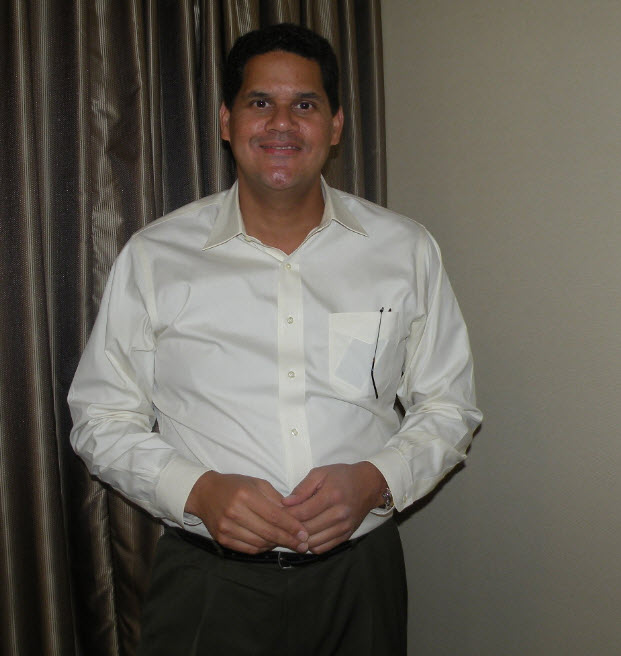 It’s been about six months since we last interviewed Reggie Fils-Aime, president of Nintendo of America. in the meantime, Nintendo has lined up the launch of its new DSi handheld console and has made it much easier to buy downloadable WiiWare games. Despite the recession, the Japanese company continues to outsell its rivals two-to-one in both the home console and handheld game player markets. We spoke with Fils-Aime shortly after Satoru Iwata, chief executive of Nintendo, gave the opening keynote speech at the Game Developers Conference in San Francisco last week.
It’s been about six months since we last interviewed Reggie Fils-Aime, president of Nintendo of America. in the meantime, Nintendo has lined up the launch of its new DSi handheld console and has made it much easier to buy downloadable WiiWare games. Despite the recession, the Japanese company continues to outsell its rivals two-to-one in both the home console and handheld game player markets. We spoke with Fils-Aime shortly after Satoru Iwata, chief executive of Nintendo, gave the opening keynote speech at the Game Developers Conference in San Francisco last week.
VentureBeat: OnLive made a big splash at the GDC with their video games on-demand service. Many are predicting that services like this could mean the end of the consoles. What do you think of that?
Reggie Fils-Aime: I haven’t spent any time up close to understand their opportunity. But from Nintendo’s perspective, what drives this category are the games. Mr. Iwata said it on stage. We’ve said it many times. And for us, Mario, Zelda, Smash Bros., Brain Age — those franchises are what drives the consumer to enjoy our industry and that’s what drives our growth. None of those franchises are going to be on a competing platform (such as OnLive). Based on what I’ve seen so far, their opportunity may make a lot of sense for the PC game industry where piracy is an issue. But as far as the home console market goes, I’m not sure there is anything they have shown that solves a consumer need. What’s the better experience in what they have described?
VB: I think much of their argument is economic.
RFA: So did they disclose pricing?
VB: No. They have the same argument that digital distribution solutions have. You can cut out the retailer margins and distribution costs. The other argument is you can play a high-end game on low-end hardware or without a console.
RFA: It’s going to be interesting. It’s going to come down to what are the actual economics. Until that’s disclosed, it’s awfully tough to comment.
VB: OnLive’s push into digital distributions makes me think of WiiWare. How big is the opportunity with downloadable games over WiiWare?
RFA: We’ve shown that the opportunity is quite significant. For the NOA territories, 90 percent of the content is from third parties. Also, in the NOA territories, 18 of the top 20 titles in sales volume have been third party titles. We think it’s a fantastic platform for highly innovative, small development companies to bring their content to the marketplace. We’re sensitive that Wii storage has prevented some developers from really embracing the idea. We showcased a solution for that today. Based on everyone I have talked to, speaking right to developers at technical conferences, there is huge excitement not just for WiiWare but for DSiWare too.
VB: How high can the WiiWare storage cards go?
RFA: Right now, the highest is 32 gigabytes. That’s not to say it couldn’t go higher if flash memory prices drop.
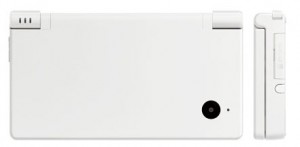 VB: So the expansion of the WiiWare platform is a high priority?
VB: So the expansion of the WiiWare platform is a high priority?
RFA: Absolutely. What the WiiWare and DSiWare share is the opportunity for more challenging or risky content. It may not work for a packaged good products, but it’s great for experimentation on WiiWare.
VB: It seems like WiiWare with the DSi could address the competitive challenge from Apple and its AppStore for the iPhone/iPod Touch?
RFA: It could. But let me be very clear. What Apple is trying to do with the iPhone and iPod Touch is very different than our vision. There are no ongoing subscription fees for the DSi. There are no monthly costs for us. With us, it’s about the content with DSiWare and WiiWare. We provide an environment where this innovative content is accessible to consumers. It’s easy to find and easy to search. It has some marketing aspects behind it with the Nintendo Channel. We think that’s the way for this downloadable content to be delivered to consumers.
VB: The iPhone game platform is very vibrant. It has more than 6,800 games now.
RFA: How many are purchasable?
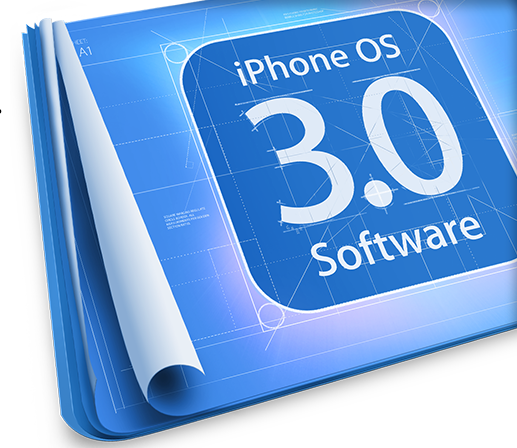 VB: About 2,000 are free, according to Mobclix. Half are about 99 cents. The growth rate of getting to 30 million so quickly has created a lot of buzz. What about that do you want to embrace, and what is not what you want to do?
VB: About 2,000 are free, according to Mobclix. Half are about 99 cents. The growth rate of getting to 30 million so quickly has created a lot of buzz. What about that do you want to embrace, and what is not what you want to do?
RFA: What we’ve embraced is the concept of digital content. Let’s talk DSi specifically. It’s delivered to your personal device, and you can take it with you anywhere. That’s a powerful concept. What they are trying to do has elements of that. We believe the content has to be innovative, high quality, distinctive versus derivative of what you might find on a plethora of other platforms. The latter is not very appealing to us.
VB: So the distinction you are making is that you favor professionally-made games over amateur work?
RFA: Yes. That is what distinguishes WiiWare from what our competitors are doing. We believe this community of 18,000 developers can create much more compelling content than something home-brewed.
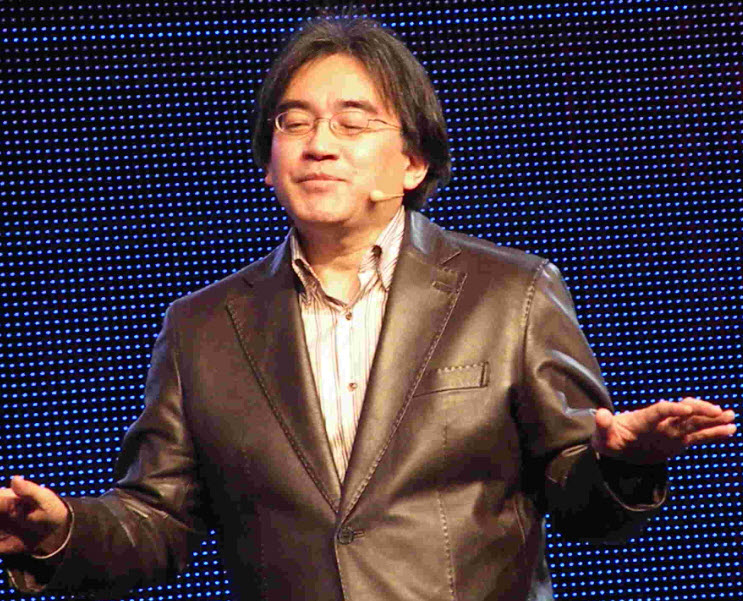 VB: Why did Mr. Iwata take that sensitive issue head on in his speech about the complaint that Nintendo dominates its own platforms with its own games?
VB: Why did Mr. Iwata take that sensitive issue head on in his speech about the complaint that Nintendo dominates its own platforms with its own games?
RFA: To be candid, what Mr. Iwata wanted to do was share facts and dispel myths. Fact: Wii is the platform that hit 50 million the fastest. Fact: The DS has surpassed 100 million. Here’s a fact for you. After 52 months in the market, the installed base of the DS in the U.S. is larger than the installed base of the PlayStation 2, at the same time frame. Fact: In the U.S., third-party publishers sold more Wii games than any other home console. In fact, third-party publishers sold more DS games than on any other console. What Mr. Iwata was trying to do was to share facts to dispel what some of our competitors like to frame as an inability for others to succeed on Nintendo platforms. The fact is that is just not true.
VB: Maybe we should see more change in the top ten games from NPD. The same Wii games have been on that list month after month.
RFA: I wouldn’t quite frame it the same way. What I want to see is long-term successful franchises as well as new content coming from third-party publishers. I want them to succeed on our platforms. That’s different from saying we want to see different titles in the top ten. We believe Wii Fit will be a top ten title from quite some time. Same for Wii Play and Mario Kart. We want our cake and to eat it too. We want great third-party titles to achieve mass market success on Nintendo platforms. We also want the evergreen Nintendo titles to continue to do well.
VB: What are some big games coming on the horizon?
RFA: We have Zelda for the DS coming. I’m personally looking forward to that. I’m a big Zelda fan dating back to the SNES days. We showed WiiWare titles and DSiWare titles. We have a lot of hope for Rhythm Heaven for the U.S. We are excited about PunchOut and Excite Box. We have plenty of things coming between now and E3.
VB: Do you think that 2009 will have more than the current 10 percent or so growth rate for the past two months?
RFA: That depends on a couple of things. The macro-economic conditions have to get healthier than they are. Secondly, beyond Nintendo, third-party publishers need to see a bit more momentum in order for us to see a greater than 10 percent year. And we’ve got to continue to bring new products to the market that will lap some big numbers from last year. That is our biggest challenges. How do we beat stellar results that we have never seen in this industry before.
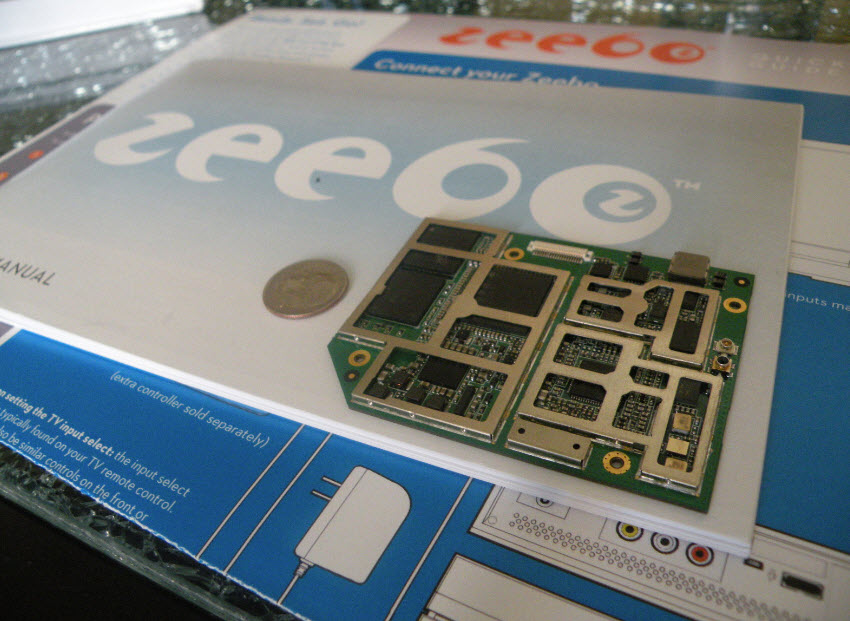 VB: You may have noticed Zeebo is launching a console for emerging countries. Does it make sense for Nintendo to go after those markets to head them off?
VB: You may have noticed Zeebo is launching a console for emerging countries. Does it make sense for Nintendo to go after those markets to head them off?
RFA: I’ll say it a different way. From an NOA perspective, the most applicable market you’re talking about is in South America. We have a vibrant market in Mexico. But Brazil is a closed market because of import fees and duties. We do believe the Wii and the DS have huge opportunities in Brazil and we would love find a way to make that a reality there. Consumers today in Brazil are spending more than $1,000 for a Wii. If they could pay the equivalent of the U.S. $249 price, certainly there is demand. There is a lot of work to be done to truly address what could be a vibrant market there.
VB: So now there are even more gesture-control companies coming out of the woodwork. What do you think of that phenomenon?
RFA: There are a lot of startups. The potential for gesture control has been around a long time. What Nintendo was able to do with the Wii controller was create an experience that was compelling and innovative. It was something consumers from nine to 95 could enjoy. That’s a lot tougher than it looks. If others try to imitate what we have done, more power to them. A vibrant industry is good for all of us. But it’s not simple.
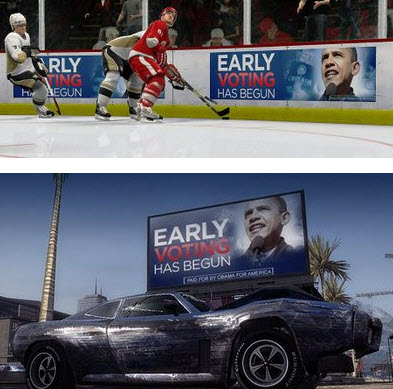 VB: Does there seem to be any indication about how the Obama administration looks at games?
VB: Does there seem to be any indication about how the Obama administration looks at games?
RFA: We have the first sitting president with a multiple gaming household, between the Wii and the DS. I believe that our president has more pressing issues to deal with, from the economy to the military conflicts. Certainly, as an industry, we’ve met with representatives of Congress and other parts of our government. What they see is an industry that is mainstream, is creating jobs and is creating vibrant forms of entertainment. Those are all positive things for this country. So we are in a more favorable legislative environment compared to five or six years ago.
VB: Are there any burning political issues?
RFA: There are always situations where states are trying to legislate what parents should be doing in terms of using ratings to drive what their children play. Other than that, we are in a fairly positive environment now for video games.
VB: How will you keep growing?
RFA: We are in a fortunate spot given our momentum. It also means the hurdle is that much larger. This month, we need to sell more than the 2.5 million units of Super Smash Bros. that we sold last March. That’s a big hurdle. For us, that is what keeps us focused. How do we continue driving growth and bringing great new experiences to the consumer?
 VB: Apple is about to create a virtual goods marketplace on the iPhone. What do you think of the combination of free-to-play and virtual goods?
VB: Apple is about to create a virtual goods marketplace on the iPhone. What do you think of the combination of free-to-play and virtual goods?
RFA: It’s an interesting business model. Certainly it works in markets like Korea. Having talked to a lot of consumers in our market, the consumer wants to pay just once for their overall experience. I’ve heard complaints when consumers buy maps or extra levels. From a Nintendo perspective, we believe selling a game that is fair to the consumer and charging them once instead of multiple times is the best business model.
VB: Used games are coming up as a big issue again. Why?
RFA: More and more retailers are experimenting with the used game model. We don’t believe used games are in the best interest of the consumer. We have products that consumers want to hold onto. They want to play all of the levels of a Zelda game and unlock all of the levels. A game like Personal Trainer Cooking has a long life. We believe used games aren’t in the consumer’s best interest.
VB: Because?
RFA: Describe another form of entertainment that has a vibrant used goods market. Used books have never taken off. You don’t see businesses selling used music CDs or used DVDs. Why? The consumer likes having a brand-new experience and reliving it over and over again. If you create the right type of experience, that also happens in video games.
VB: Could this be rectified if the retailers share some of that used game revenue with the publishers?
RFA: That could make it more palatable. But we just think it’s a bad idea. The one retailer that has a substantial business in this has figured out a way that is effective for the consumer. That’s tough for other retailers experimenting with this, in part because their employees don’t have the expertise in this market.
VentureBeat's mission is to be a digital town square for technical decision-makers to gain knowledge about transformative enterprise technology and transact. Learn More
